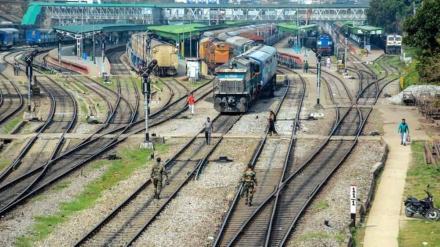For enhancing the safety of train operations in India, the Ministry of Railways on March 23, 2022 announced the development of an indigenous Automatic Train Protection (ATP) System called ‘Kavach’. This system, developed by the Research Designs and Standards Organisation (RDSO) in collaboration with three Indian vendors, has been adopted as the National ATP System for Indian Railways.
‘Kavach’ has been specifically designed to assist locomotive pilots in avoiding Signal Passing At Danger (SPAD) and over-speeding, while also providing support during adverse weather conditions like dense fog. By automatically applying brakes when necessary, ‘Kavach’ ensures better control over train speed and helps prevent potential accidents.
The key features of the Kavach system include:
- Automatic brake application if the locomotive pilot fails to act
- Line-side signal display in the cabin for improved visibility in foggy conditions and at higher speeds
- Continuous updating of movement authority
- Automatic whistling at level crossings
- Collision avoidance through direct loco-to-loco communication
- SOS feature to control trains in emergency situations
The development of ‘Kavach’ incurred a total expenditure of ₹16.88 crores and its further expansion will be based on the experience gained from the initial implementation.
The discussion around ‘Kavach’ has started once again after a major train accident took place in Balasore district of Odisha. At least 238 people have died and more than 900 have been injured after 10-12 coaches of the Chennai-bound Coromandel Express derailed and fell on an adjacent track in the path of another train from Yeswanthpur to Howrah near Balasore in Odisha late last night.
